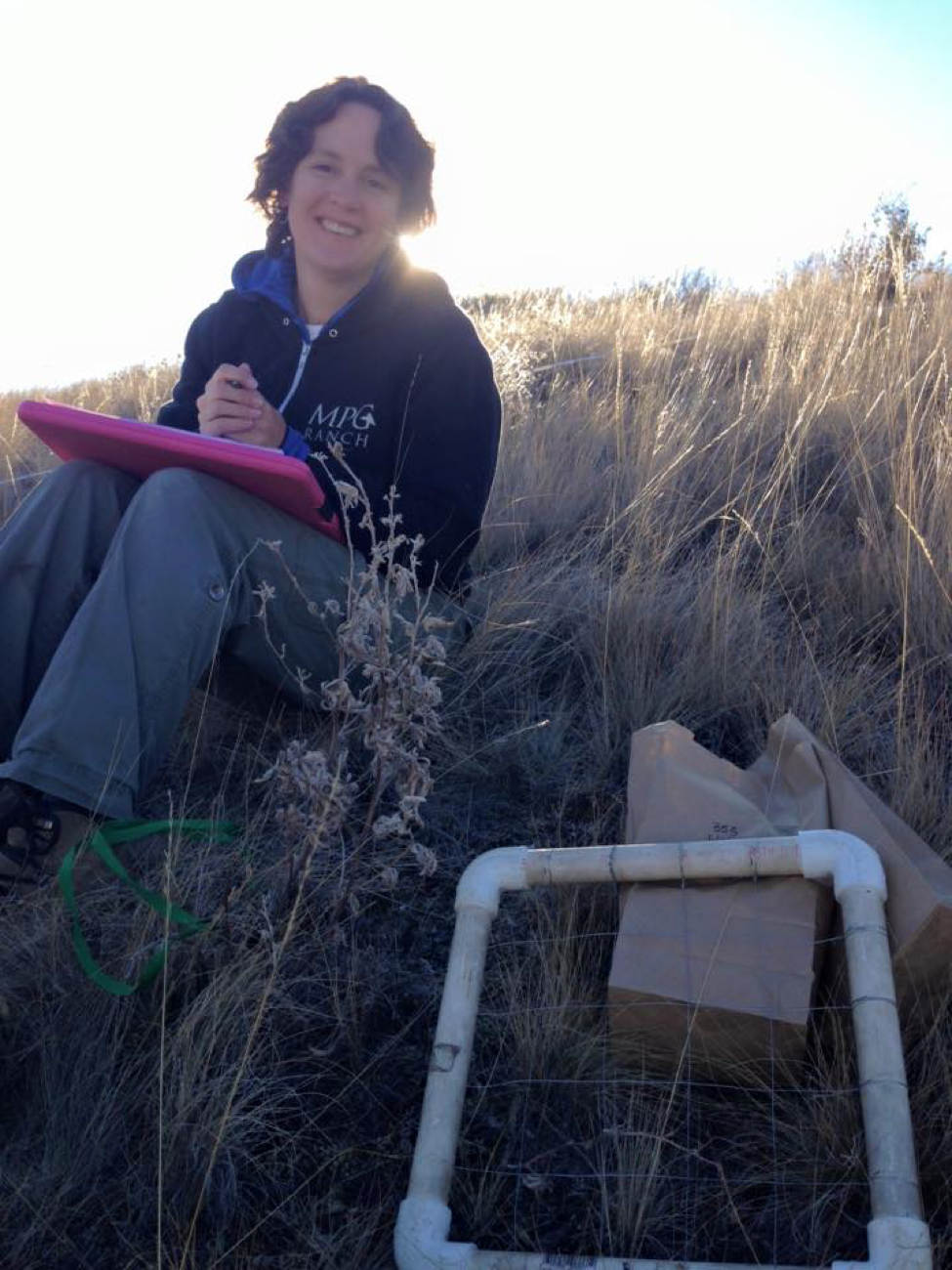
NAU School of Forestry
Research Associate, Soil Ecology Lab
Research Interests
I am fascinated by the interface of the above- and below ground systems. The soil environment is shaped from above and from within. Understanding the interactions of soil biota with each other and with changing resources or environment are themes that come up repeatedly in my research along with the general themes of community, ecosystem, soil and restoration ecology, soil food webs, mycorrhizas, biological soil crusts, nematodes, & microarthropods.
Current Research

In conjunction with Dr. Bowker, the Soil Ecology Lab and other collaboratos, my current research topics include:
- Forest management impacts on soil biological, chemical and physical properties
- Climate impacts on biocrust communities
- Novel restoration and cultivation techniques using biological soil crusts, mycorrhizal fungi and plants
- The ecology of Syntrichia
- Research training for graduate and undergraduate students in the biological sciences
Education
B.S. Environmental Sciences, 2003, Northern Arizona University
Ph.D. Biological Sciences, 2011, Northern Arizona University
Contact
Publications
Full list at: Google Scholar
Bowker, M. A., Antoninka, A. J., & Durham, R. A. (2017). Applying community ecological theory to maximize productivity of cultivated biocrusts. Ecological Applications. Google Scholar Link
Antoninka, A., Bowker, M. A., Reed, S. C., & Doherty, K. (2016). Production of greenhouse‐grown biocrust mosses and associated cyanobacteria to rehabilitate dryland soil function. Restoration Ecology, 24(3), 324-335. Google Scholar Link
Doherty, K. D., Antoninka, A. J., Bowker, M. A., Ayuso, S. V., & Johnson, N. C. (2015). A novel approach to cultivate biocrusts for restoration and experimentation. Ecological Restoration, 33(1), 13-16. Google Scholar Link
Antoninka, A., Reich, P. B., & Johnson, N. C. (2011). Seven years of carbon dioxide enrichment, nitrogen fertilization and plant diversity influence arbuscular mycorrhizal fungi in a grassland ecosystem. New Phytologist,192(1), 200-214. Google Scholar Link